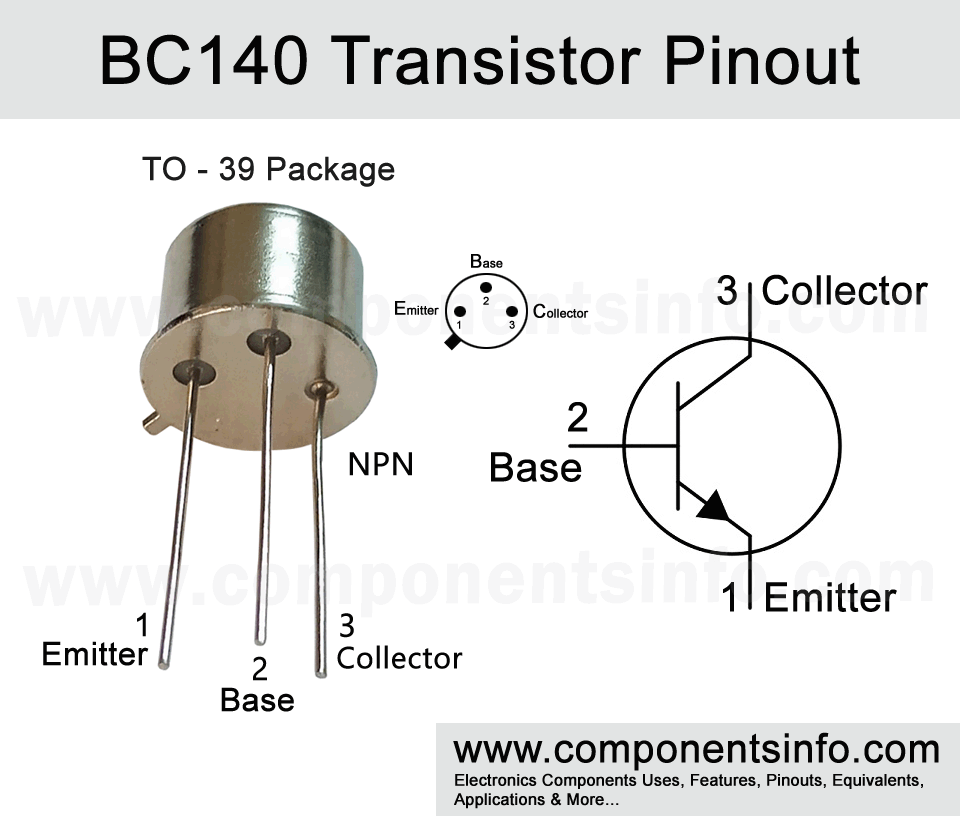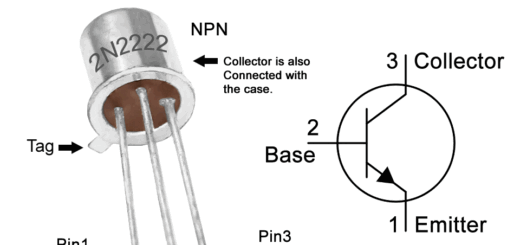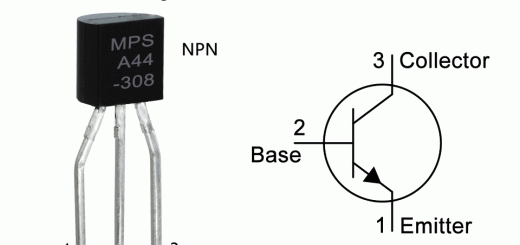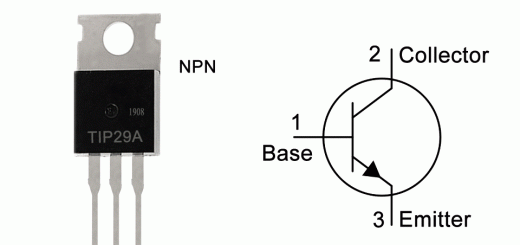BC140 Transistor Pinout, Equivalents, Applications, Features and Other Details
BC140 is a metal case transistor available in TO-39 package. In this post we are going to discuss BC140 transistor pinout, equivalents, applications, features and other details.
Absolute Maximum Ratings:
- Package Type: TO-39
- Transistor Type: NPN
- Max Collector Current(IC): 1A
- Max Collector-Emitter Voltage (VCEO): 40V
- Max Collector-Base Voltage (VCBO): 80V
- Max Emitter-Base Voltage (VEBO): 7V
- Total Power Dissipation (PD): 7W
- Max Transition Frequency (fT): 50 MHz
- Minimum & Maximum DC Current Gain (hFE): 63 to 250
- Max Storage, Operating & Junction temperature range: -65 °C to +200 °C
PNP Complementary:
PNP complimentary of BC140 is BC160
Replacement and Equivalent:
2SC1862, BC5339, 2N5321
BC140 Transistor Explained / Description:
BC140 is a metal case transistor available in TO-39 package. It is a NPN transistor designed to be used in general purpose switching and amplification applications. It is a transistor of a series that also contains one other transistor that is BC141. The complimentary pair of both the transistor are also available which are BC160 and BC161.
Looking at the pin configuration of the transistor the first pin is emitter second pin is base and the third pin is collector which is also connected to the case.
The absolute maximum ratings of the transistor are as follows: The collector-emitter voltage is 40V, collector-base voltage is 80V, continuous collector current is 1A, peak collector current is 1.5A, total power dissipation is 3.7W, junction temperature of the transistor is 175°C and operating ambient temperature is -65°C to 150°C.
Where We Can Use it & How to Use:
To use the transistor as a switch connect its emitter pin with the ground, provide signals (The signals from which you want to control the output / load) to the base of the transistor through a suitable resistor and connect load between collector and the positive rail of the circuit.
To use the transistor as a switch provide signals you want to amplify to the base of the transistor through a capacitor, connect emitter pin with the ground and get amplified output from the collector to further enhance the signal or drive a sound device for example a speaker by connecting between the collector and positive rail of the circuit.
Please note that this is a basic guide to use the transistor to understand the concept about how you can use the transistor as a switch and amplifier. To enhance the amplifier circuit sound quality you have to use some more passive components. For this purpose you can search one transistor amplifier circuits online.
Applications:
Audio amplifier circuits
Voltage Regulator
Motors Control
Switching circuits
Power supply
Safe Operating Guidelines:
Here are some safe operating guidelines to use the transistor.
- Do not use the transistor to its absolute maximum ratings and stay at least 20% below from these max ratings.
- So the max collector current is 1A but according to the above guidelines we will only use 800mA.
- Max collector-emitter voltage is 60V so same as above we will use 20% less which is 48V.
- Use a suitable heatsink with the transistor.
- The operating and storage temperature of the transistor should be between -65°C above +200 °C.
Datasheet:
To download the datasheet just copy and paste the below link in your browser.
https://www.alldatasheet.com/datasheet-pdf/view/16089/PHILIPS/BC140.html



